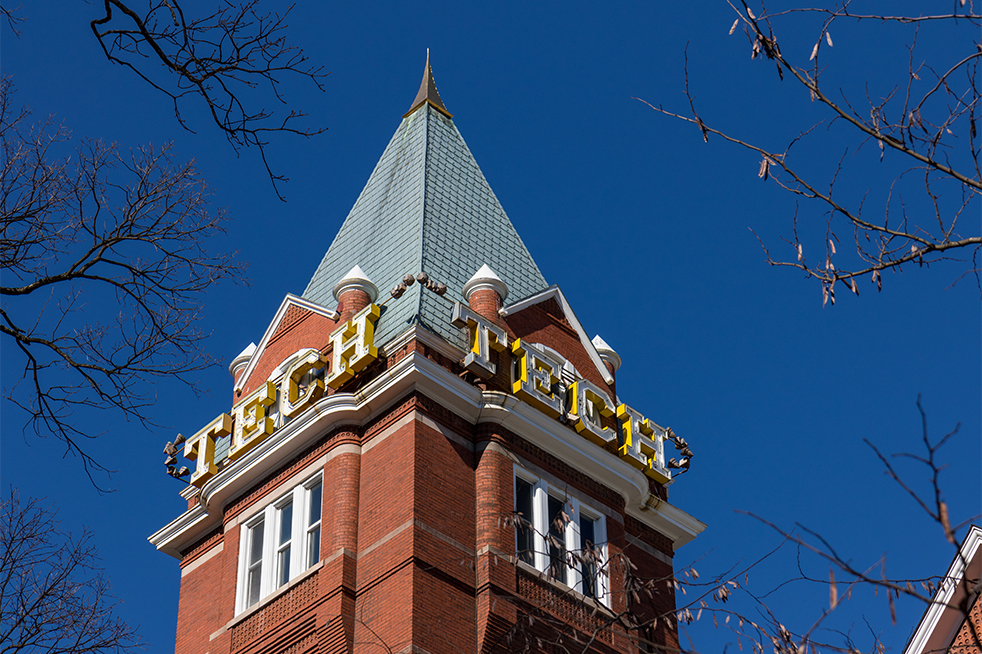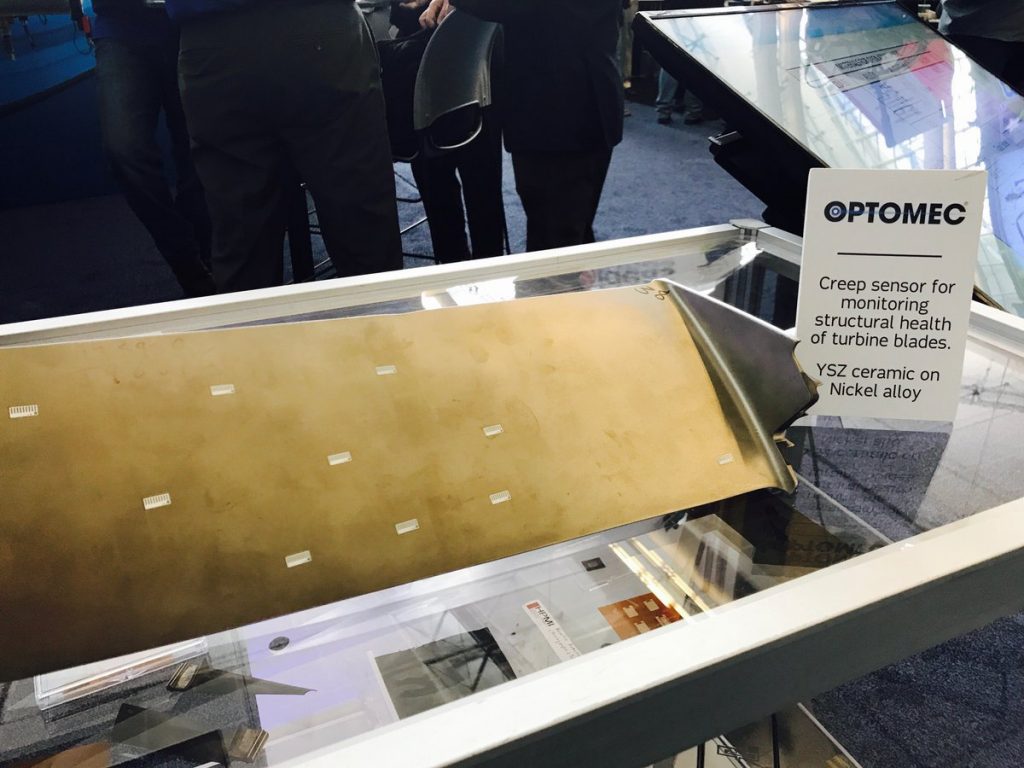An additive manufacturing project at American global defense contractor Lockheed Martin has won the support of NextFlex, America’s Flexible Hybrid Electronics (FHE) Manufacturing Institute.
This year the institute, which was formed by the U.S. Department of Defence (DoD) and FlexTech Alliance, split a fund of $12 million between a total of seven projects, led by the likes of Boeing, Epicore, GE, Binghampton University, Georgia Tech and MicroConnex.
Each one was selected for its potential to bridge gaps in the manufacturing of flexible hybrid electronics.
Malcolm Thompson, executive director of NextFlex, comments,
“The seven projects we’ve selected not only make exciting developments in fields like healthcare, avionics or heavy industry, but they’re creating building blocks upon which future researchers can create new applications with FHE, accelerating the pace of true FHE innovation.”
A stretch of the imagination
The Project Call program was set up by NextFlex to seek the “big idea people” for the electronics industry. Teams awarded under the program can receive up to 50% of the development costs for a project, and the current focus in flexible, stretchable systems, particularly those that implement “additive processing.”
In this year’s Project Call 3.0, Lockheed Martin has been granted funding for two projects – one internal to the company alone, and one it is running in collaboration with Georgia Tech.

A database for additive manufactured, flexible antennas
In the first NextFlex project from Lockheed, funds have been granted to the compilation of a database of “additively printed antennas and microwave elements.”
In the second, a Lockheed/Georgia Tech team has been awarded funds for a project to develop “epidermal sensors for robotic exoskeleton knee control,” which will help in monitoring injuries, and soldier rehabilitation.
Last year, a project led by Lockheed and Martin and Optomec was also the recipient of NextFlex funding. With $3 million in backing, this team is working to advance tooling, software and 3D printing processes to make it easier to add electronics to complex surfaces.

The remaining 5 projects
Boeing is another double recipient of the NextFlex Project Call 3.0. This year, the aerospace giant has been awarded funding for the development of a large, flexible sensor network that can be integrated into industrial systems, and for research into printed passive elements that evaluate “chemical behavior of printed materials.”
Other 2018 NextFlex beneficiaries include:
– Development led by Epicor of thin, flexible systems for disposable, “skin-like” health monitoring systems for healthcare and athletic performance.
– Development led by GE and Binghamton University of disposable, clinical-grade vital sign monitoring devices designed to increase patient safety and shorten hospital stays.
– Development led by MicroConnex of low cost flexible circuit fabrication processes using roll-to-roll printing for high volume production.
For more 3D Printing Industry news, follow us on Twitter, like us on Facebook, and subscribe to our newsletter. Search 3D Printing Jobs now for your next step.
Featured image shows NextFlex motto. Image via NextFlex on Facebook



